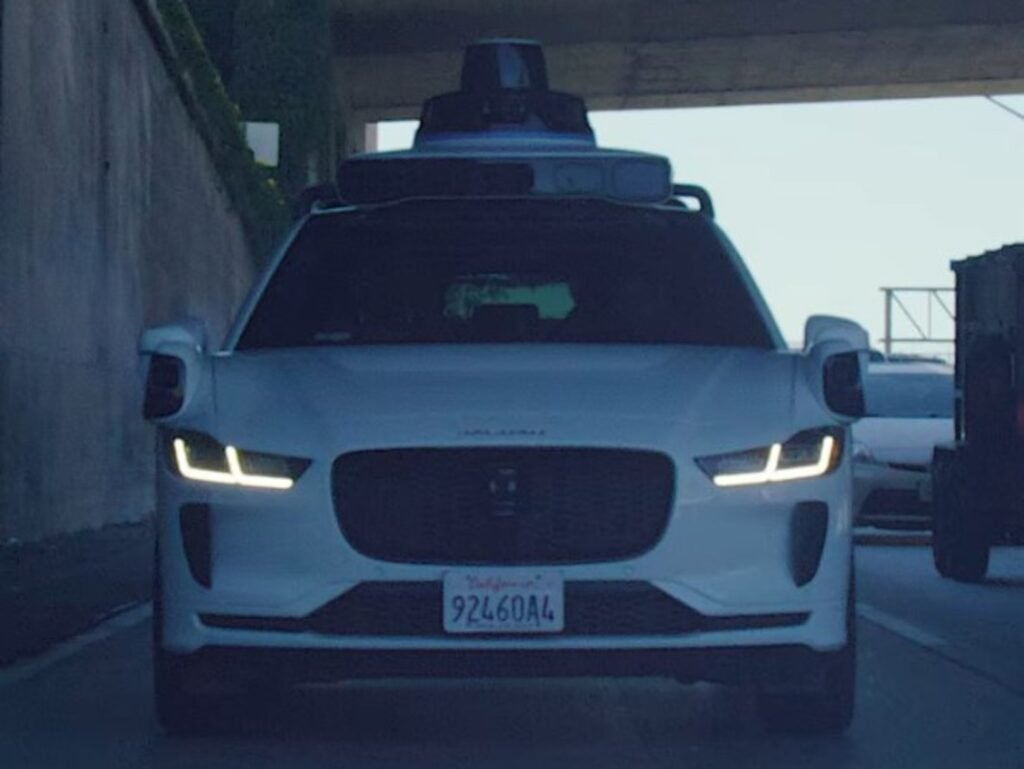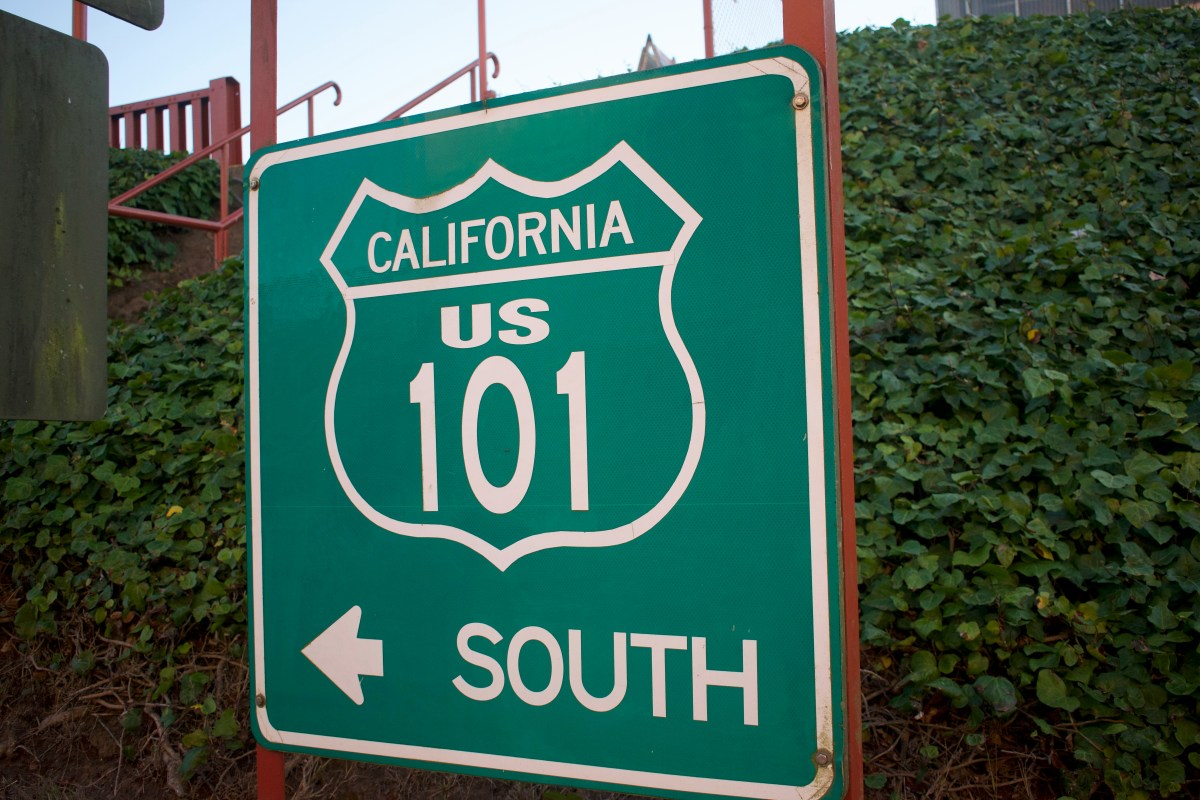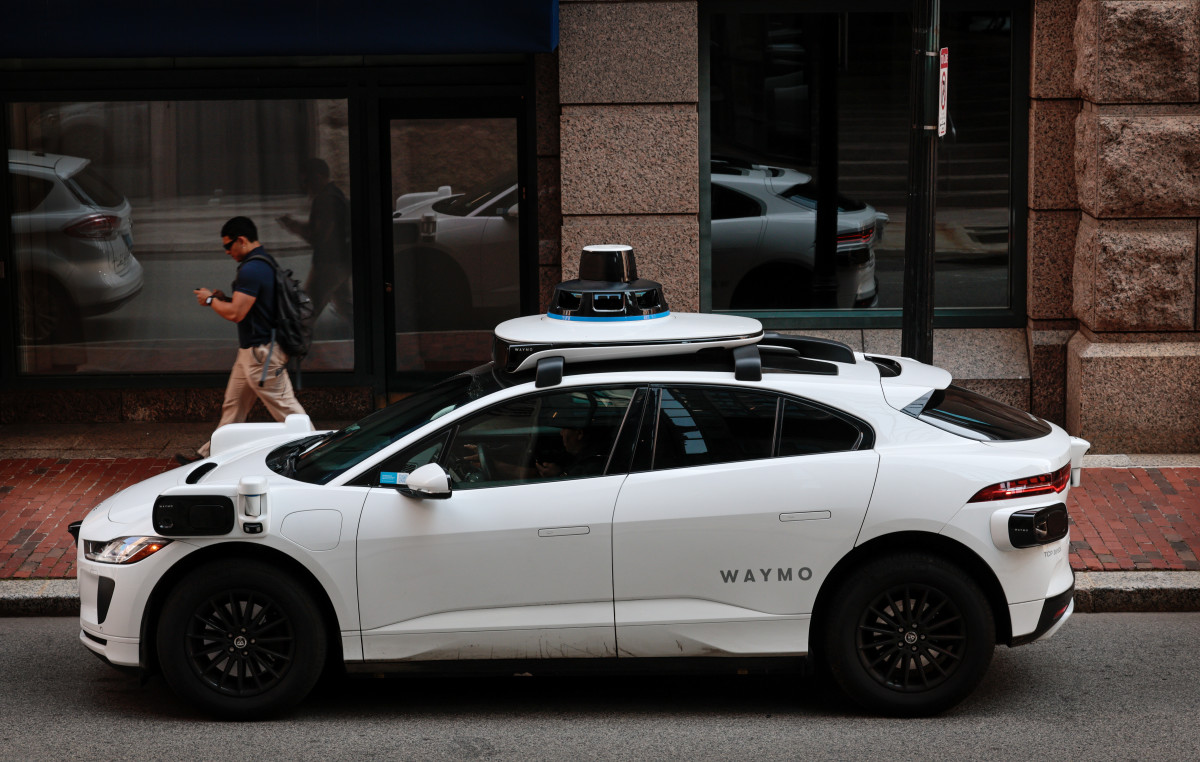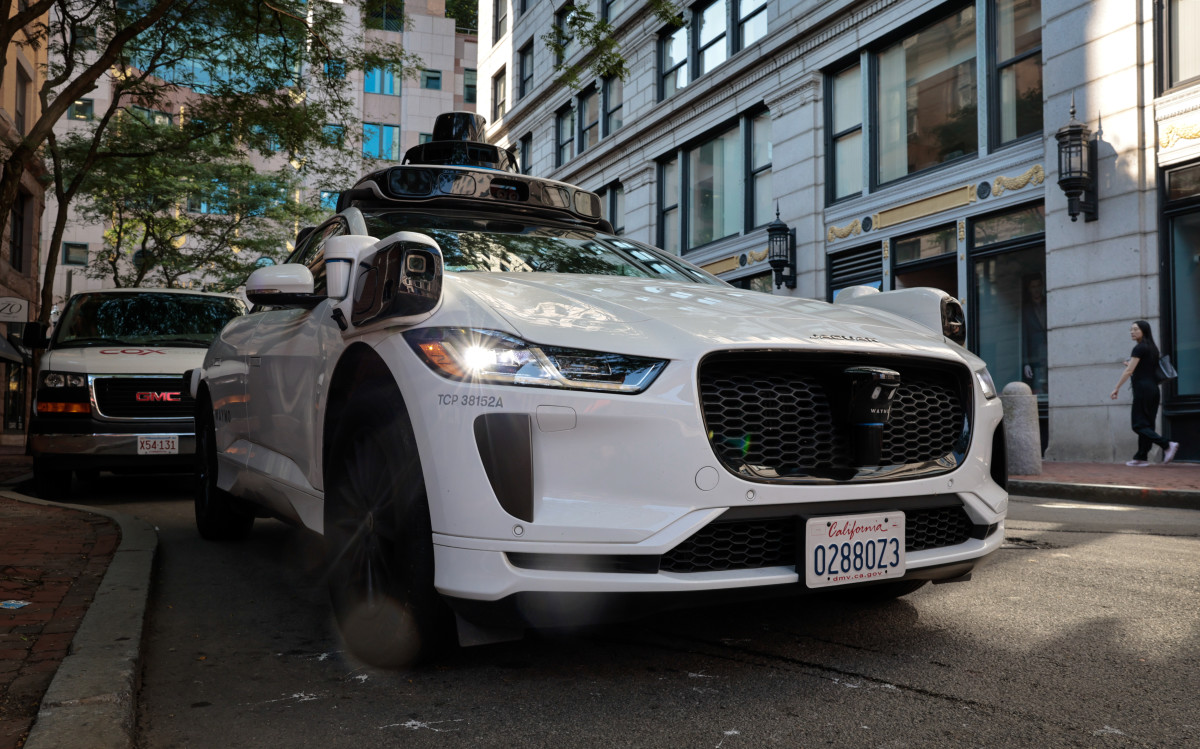
Waymo has entered a new era of autonomous ride-hailing, with its driverless robotaxis now cleared to operate on highways and interstates across key U.S. regions. The move represents the most significant expansion in the company’s history, allowing fully driverless cars to travel between major hubs such as downtown San Francisco, Silicon Valley, and regional airports, routes that previously required hand-offs or conventional ride-hail vehicles.
For the first time, riders can request a Waymo and take a continuous, high-speed freeway trip without a human safety driver, opening the door to broader adoption, longer journeys, and a more viable alternative to traditional taxi and rideshare services.

Where Will the New Routes Go
Waymo confirmed its robotaxis will begin operating along corridors like U.S.-101, with Los Angeles and Phoenix next in line. Until now, the service was restricted to surface streets and predefined urban zones. The highway rollout signals growing confidence in the company’s autonomous stack, which must now manage high-speed merges, lane changes, and complex interchanges, challenges far beyond low-speed city driving.
It also lays the groundwork for the company’s future global ambitions, including markets like London, where Waymo’s next conquest are their iconic black cabs as the company seeks to expand its driverless footprint internationally.
A Major Technical and Regulatory Shift
The expansion comes as U.S. regulators continue scrutinizing the safety of autonomous vehicles. Last month, the NHTSA opened an investigation after a driverless taxi failed to yield to a school bus. Despite this, Waymo has continued to scale its service with minimal interruption, leveraging large-scale testing data and regulatory relationships built over years of controlled deployments in Arizona and California

The shift to highways increases operational complexity, energy demand, and real-world exposure. It also brings Waymo into more direct competition with both traditional ride-hail providers and other autonomous developers, especially in cities like New York, where Waymo brought their robotaxis back in August. That rollout, still in early phases, places Waymo in one of the most challenging traffic environments in the U.S., showing the company’s intention to dominate autonomous mobility nationwide.
What It Means for Riders and the Industry
Highway access transforms Waymo from a novelty to a practical substitute for longer-distance travel. Riders can now book a robotaxi for airport runs, cross-city commutes, and suburb-to-downtown trips without switching vehicles.
For the industry, it marks a crucial step toward scalable, revenue-generating autonomous fleets capable of replacing portions of human-driven rideshare. And for regulators, it begins a new chapter where autonomous vehicles must meet highway-level safety expectations, speed, reliability, predictability, and incident-free operation at scale.




